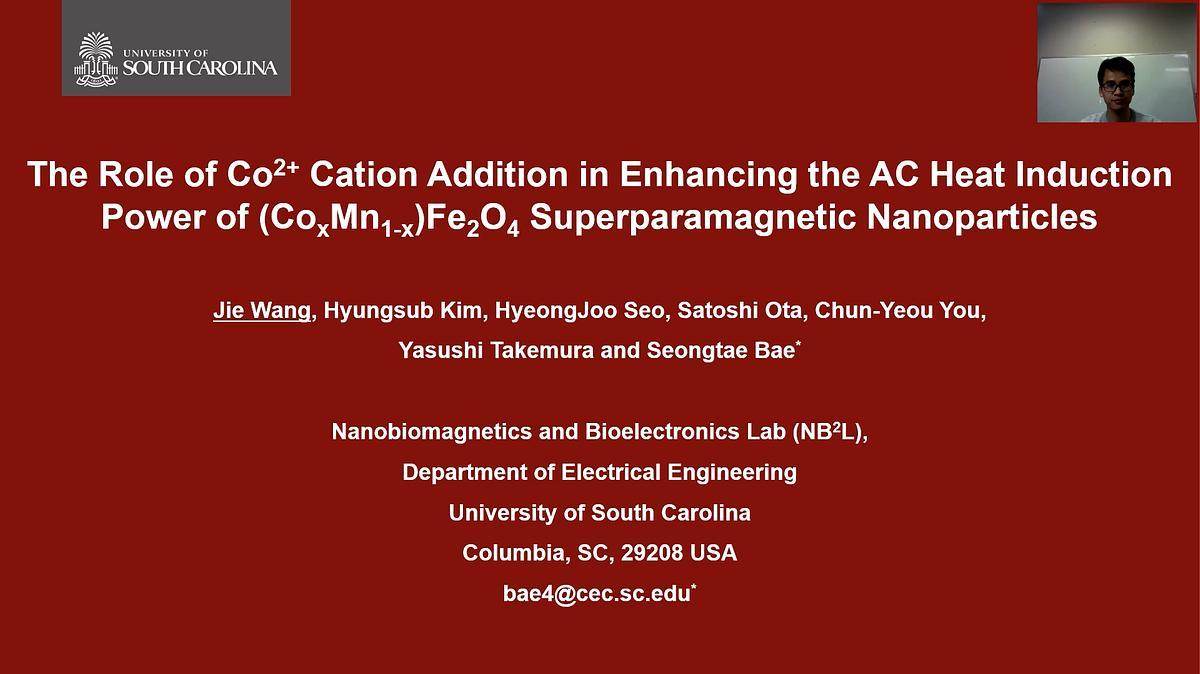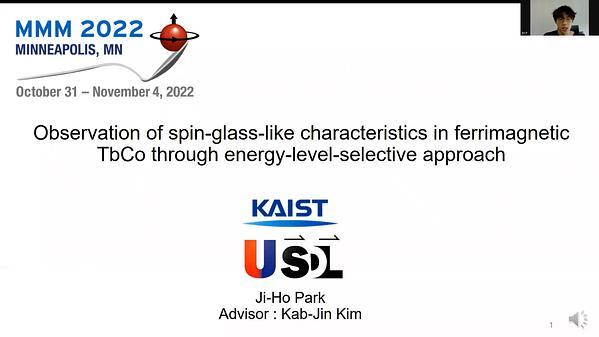
Premium content
Access to this content requires a subscription. You must be a premium user to view this content.

technical paper
The Role of Co2+ Cation Addition in Enhancing the AC Heat Induction Power of (CoxMn1 x)Fe2O4 Superparamagnetic Nanoparticles
Enormous research activities to develop advanced superparamagnetic iron oxide nanoparticles (SPIONPs) enabling to generate higher AC heat induction temperature (TAC) or specific loss power (SLP) at the biologically safe and physiologically tolerable range of AC magnetic field (HAC) (HAC,safe < 1.8 × 109 A m-1 s-1, fappl < 120 kHz, Happl < 190 Oe (12.5 A m-1)) have been intensively made in the past two decades for magnetic hyperthermia application 1-3. According to the reports made so far, a high magnetic softness (or high magnetic moment m) and a high initial susceptibility (χ0) at the DC magnetic field were revealed to be critical parameters in enhancing the TAC (SLP) due to the correspondingly enhanced Néel relaxation time constant (τN), which is the same as the effective relaxation time constant (τeff), τN ≈ τeff , in solid-state SPIONPs. However, MnFe2O4 SPIONPs with high magnetic moment usually show low TAC (SLP) compared to magnetically semi-hard CoFe2O4 SPIONPs with a relatively low m 4,5.
In this work, our research efforts primarily focused on exploring the physical and chemical reasons why MnFe2O4 SPIONPs with high DC magnetic softness show an extremely low TAC (SLP) by systematically investigating the physical role of magnetically semi-hard Co2+ cation addition in enhancing TAC (SLP) of solid (CoxMn1-x)Fe2O4 SPIONPs. According to the experimentally and theoretically analyzed results, it was clearly demonstrated that the enhancement of magnetic anisotropy (Ku)-dependent AC magnetic softness including the Néel relaxation time constant τN (≈ τeff), and its dependent out-of-phase susceptibility (χ″) are the most dominant parameters to enhance the TAC (SLP). This clarified result strongly suggests that the development of new design and synthesis methods enabling to significantly enhance the Ku by improving the crystalline, shape, stress (magnetoelastic), thermally-induced, and exchange anisotropies is the most critical to enhance the TAC (SLP) of SPIONPs at the HAC,safe (particularly at the lower fappl < 120 kHz) for clinically safe magnetic nanoparticle hyperthermia.
References:
1 Joshi et al, J. Phys. Chem. C, 113, 17761-17767 (2009)
2 Lee et al, Nat. Nanotechnol., 6, 418-422 (2011)
3 Sathya et al, Chem. Mater., 28 1769-1780 (2016)
4 Mameli et al, Nanoscale, 8 10124-10137 (2016)
5 Albino et al, J. Phys. Chem. C, 123, 6148-6157 (2019)

